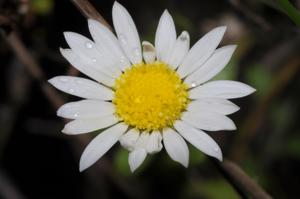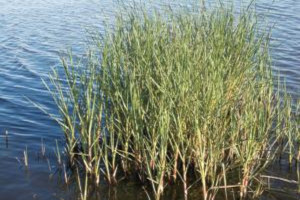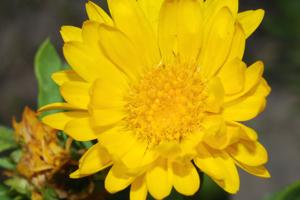Welcome to Texas Gulf Coast Plants! (Version 23.04)
The coastal marshes, dunes, and beaches of the Texas coast form a narrow belt adjacent to the Gulf of Mexico. They represent the coastal edge of the Gulf Prairies and Marshes vegetation area of Texas (see Correll and Johnston, 1979). The landscape is low, flat, largely open, and marshy with numerous rivers and streams form estuaries as they enter the Gulf of Mexico. Occasional low rises support populations of live oak and other trees. Most of the coast occurs along thin barrier islands and peninsulas that are separated from the mainland by a bay. Large areas of the coast have become urbanized as the result of vacation home development. Subject to hurricanes and tropical storms, the area is increasingly vulnerable to erosion as a result of sea level rise and land subsidence. The climate is humid and the northeastern reaches of the Texas coast, the main area the gallery covers, receives roughly 50 inches (127 cm) of rainfall annually although rainfall along the southwestern portion of the coast is substantially less. This gallery represents plants commonly encountered on Texas beaches and in adjacent salt and brackish coastal marshes. Most of the photos are from Sea Rim State Park, Bolivar peninsula and Galveston Island. Botanical nomenclature follows The Flora of North America (FNA 1993+) series where possible and USDA PLANTS for groups not yet published in FNA. Family circumscriptions follow the Angiosperm Phylogeny Group classification (APG 1998, 2003, 2009, 2016). Correl and Johnston (1979), Jones (1975), and Richardson (2002) were among the many additional sources consulted.
What's New
- Version 23.04: Added 25 images and one new species from October & November 2022 visits to Galveston Island.
- Version 20.08: We added 293 new images and several new species mostly from November 2018 and December 2019 visits to Galveston Island. There are now 1306 photos covering 195 species.
- Version 18.10: We added 114 new images and five new species from an October 2018 excurson to Sea Rim State Park. There are now 1013 photos covering 167 species. We also fixed html errors, improved behavior when resizing windows, and refreshed the color scheme.
- Version 17.09: 330 new images from an April 2016 excurson to Sea Rim State Park and a November 2016 trip to Galveston Island.
- 04 April 2012: Version 12.04! Added 314 photos from recent excursions to Galveston Island, more than doubling the gallery for a total of 574.
- 14 October 2010. Version 10.10: Family circumscriptions now follow the APG system.
- 11 June 2010. Version 10.06: Redesigned the galleries as part of a major revision of the parent "Pineywoods Plants" gallery.
- 4 April, 2008. Version 8.04: Added new images from several excursions, mostly in the Galveston area.
- 7 December, 2006. Version 6:12: The Texas Coast Vascular Plant gallery was launched as a part of revisions to its parent gallery "Pineywoods Plants".



